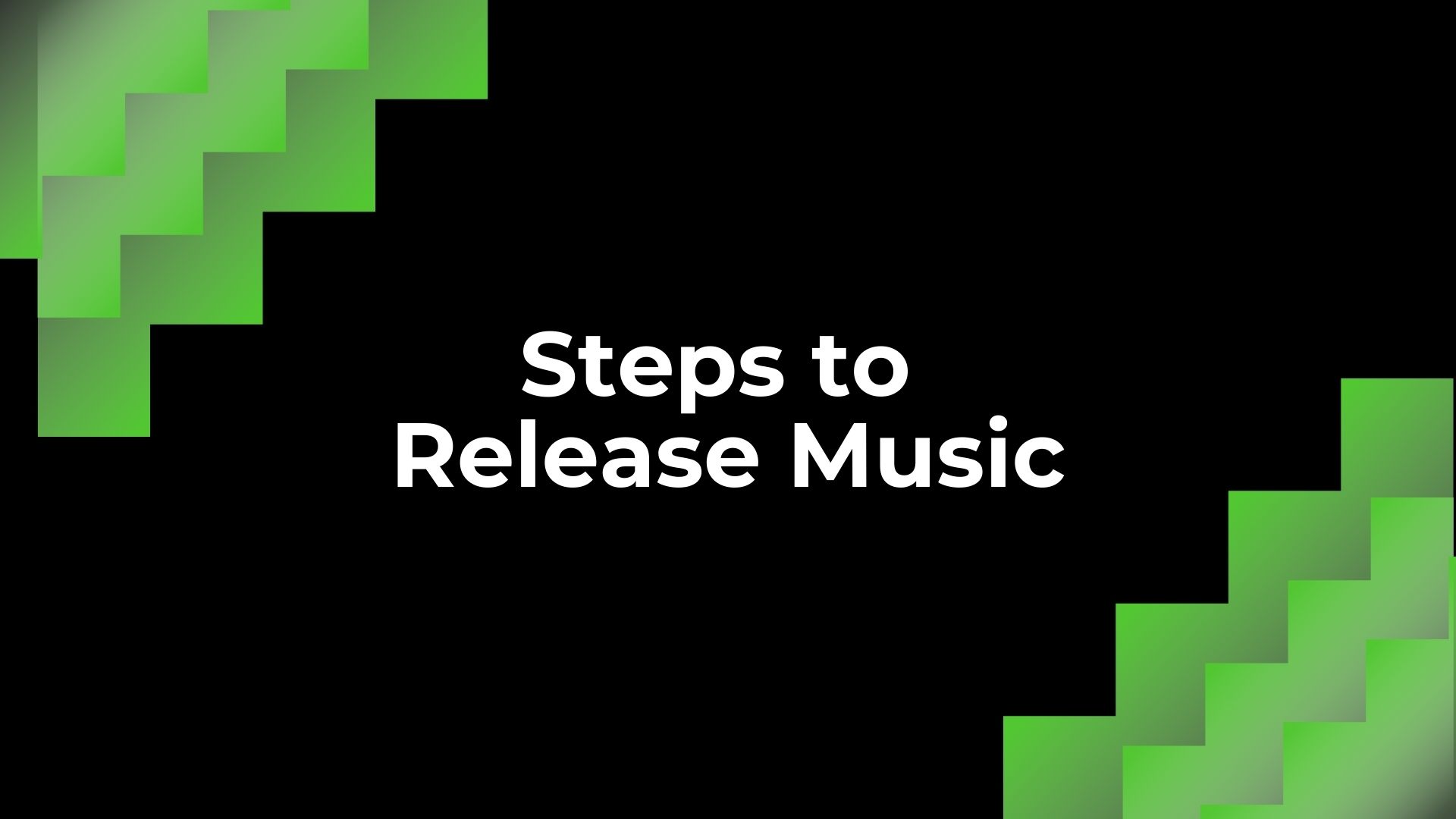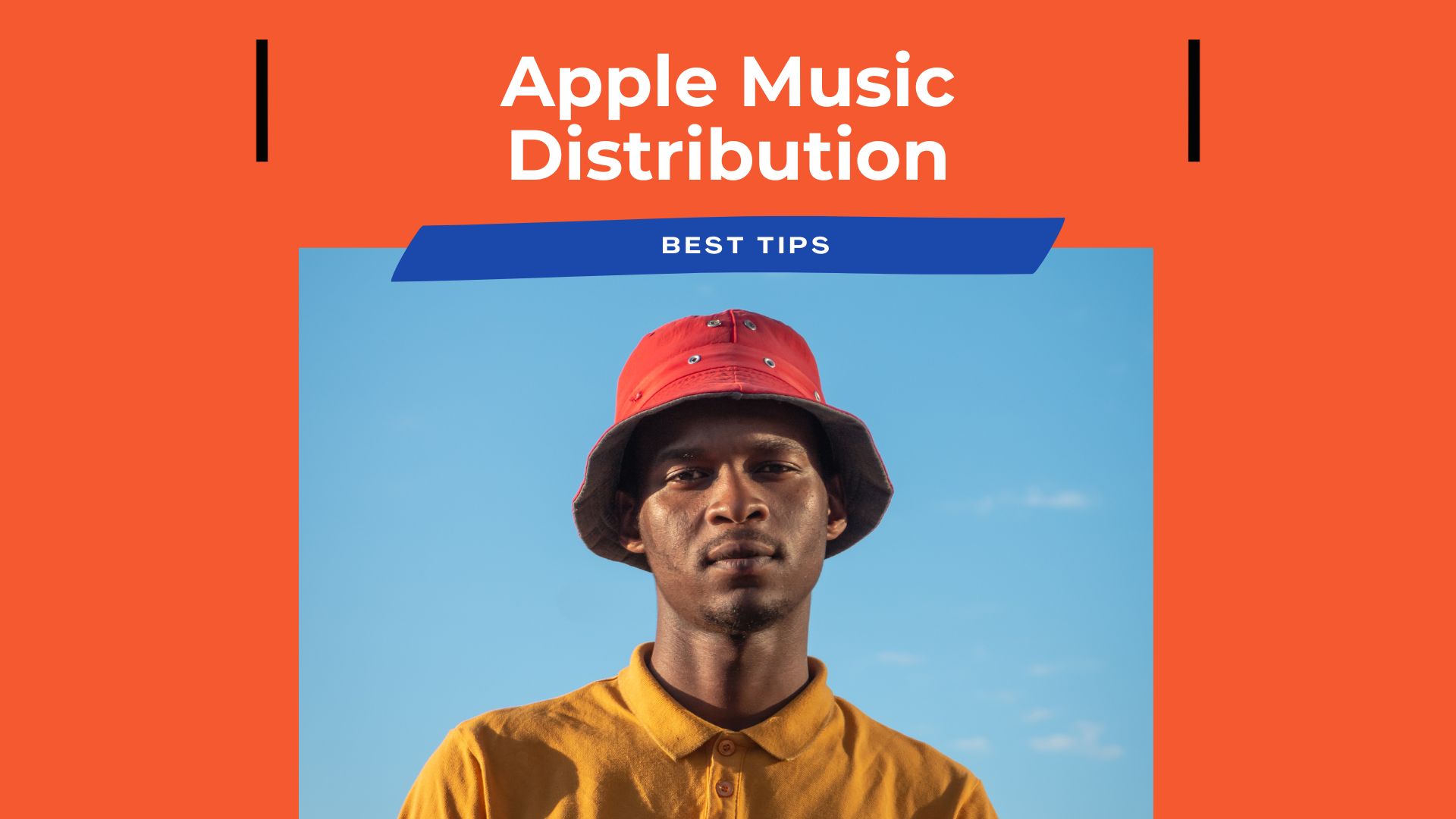Home -> Blog -> How to release music?
How to release music?
Author: Christopher Smith
June 10, 2024

Table of Contents
The process of releasing music begins long before it is published. The first step is planning. Determine whether you want to release a single track, an EP, or a full-length album. Then, create a release schedule and consider which platforms will be used for distribution:
- distributor selection. Consider different music distributors such as DistroKid, TuneCore, or CD Baby. Each offers different services and terms;
- release planning. Determine a release date and plan marketing activities. This may include promotions, social media, and pre-orders;
- preparing materials. Make sure you have all the materials you need, including album artwork, tracklist, and master copies of tracks.
Preparing for Your Release
Finalizing Your Music
Finalizing the track to its final form is a critical stage that includes mixing and mastering:- mixing. This is the process of adjusting and connecting the individual tracks within your composition to achieve the best sound;
- mastering. The final step in music production is to improve the overall sound quality and ensure that your track sounds equally good across all devices and platforms.
Artwork and Branding
The visual identity of your music project plays an important role in its success. This includes your cover design, your logo, and your overall communication style:- cover design. Choose a design that will reflect the content and spirit of the music, as well as capture the audience’s attention;
- branding. Create a recognizable brand that will be associated with your music. This includes a logo, typography, and color scheme.
Copyrights and Royalties
Protecting your music and making sure it generates revenue requires an understanding of copyrights and royalties:- copyright registration. Make sure your music is protected. In most countries, copyrights arise automatically, but registration can offer additional protection;
- royalty fees. Learn about the different types of royalties, such as mechanical, performance, and timing, and how they can be collected through US organizations like ASCAP, BMI, or SESAC.
Choosing a Release Strategy
Single, EP, or Album
Choosing a release format is an important decision that affects how your audience and your potential fans perceive your music:- Single. Ideal for new artists looking to make a quick name for themselves. Singles are often used to test the market;
- EP. This format is suitable if you have a few tracks ready to be released but not enough for a full album. An EP allows you to create a more complete musical experience;
- album. Albums require a significant time and financial investment, but they can effectively tell a story and establish a deeper connection with your audience.
Release Timing
Planning a release timeline for your music is critical to the release’s success. Here’s how you can organize this process:- spacing between releases. Determine the optimal interval between releases of different tracks or albums to keep your audience interested;
- the time of year. Take seasonality into account. For example, music consumption often increases in the summer due to festivals and vacations;
- marketing campaigns. Plan your release so that you have enough time for pre-announcements, teasers, and other marketing activities.
Distribution
Digital Distribution Platforms
Digital platforms have become a major distribution channel for music. Here are a few key platforms worth considering:- Spotify. One of the most popular streaming services with extensive monetization and analytics capabilities;
- Apple Music. A platform that offers artists iTunes Store integration and global reach capabilities;
- Bandcamp. Particularly suited for independent artists, it allows you to set your price for tracks and albums.
Physical Distribution
Despite the growth of digital platforms, physical distribution still plays a role, especially in certain genres and markets:- vinyl records. The return of interest in vinyl has led to a resurgence of this format among audiophiles and collectors;
- CDs and DVDs. For certain genres, such as classical music and jazz, CDs remain a popular format;
- specialty stores and merch. Selling music through boutiques, festivals, and concerts can improve visibility and add exclusivity to your product.
Marketing and Promotion
Pre-Release Marketing
Planning marketing activities before releasing your music is critical to ensuring its success. Here are the key strategies:- release Announcement. Communicate the release date in advance using teasers and pre-announcements on social media;
- pre-order. Offer pre-orders of the album or single, which can help increase sales and interest in the release;
- exclusive content. Create exclusive content, such as behind-the-scenes videos or interviews that will only be available to those who pre-order.
Social Media and Digital Marketing
Social media and digital marketing channels are integral to music promotion today. Here are effective methods:- regular updates. Keep active on social media by posting news, photos and videos regularly;
- targeted advertising. Use paid advertising tools on platforms like Facebook, Instagram, and YouTube to pinpoint targeting your audience;
- interactivity. Engage your audience through contests, polls, and feedback to help increase engagement and interest.
Music Videos
Music videos remain a powerful tool for visualizing music and drawing attention to an artist:- quality production. Investing in high-quality video production can significantly increase interest in your music project;
- storytelling. Include a story in your music video that reflects the themes and emotions of the song;
- distribution. Publish your music video on platforms like YouTube, Vimeo, and social media to maximize reach.
Collaborations and Features
Collaborating with other artists or content creators can greatly expand your audience:- partner selection. Collaborate with artists whose audiences overlap with yours to increase your reach mutually;
- collaborative projects. Develop collaborative tracks or videos that can appeal to both audiences;
- promotions. Organize joint promotions such as live performances or online streams to increase interaction.
Launch Day
The launch day of a music release is the culmination of all the marketing and preparation efforts. On this day, it is important to maximize all resources to attract attention to your music. Here are the main aspects to pay attention to:- preparation and verification. Ensure all digital platforms are ready to launch and your music is available without technical issues. Check that all track links are working and properly lead to a purchase or listen;
- actively communicate with your audience. Use social media to remind your subscribers about the release. Hold several live events throughout the day where you can interact with fans, answer questions, and play music;
- press release and media. Send press releases to top music magazines and blogs, and make sure you utilize all your media contacts for maximum coverage;
- special offers and promotions. To drive sales, offer special promotions such as discounts on first album purchases or exclusive bonuses for first-time buyers.
Post-Release Activities
After the release of your album or track, it’s important to maintain interest in your music. This can include many activities to retain your audience and attract new listeners:- tours and performances. Organize a tour or series of shows to support your album. This can be a great way to deepen your connection with fans and gain local media attention;
- media and interviews. Keep up your media outreach by setting up interviews and appearing on popular TV shows or radio programs. This will help keep the discussion about your album in the news cycle;
- social media content. Regularly post content related to the album, including behind-the-scenes videos, acoustic versions of songs, and stories about the album’s making. This helps maintain interest in the album over time;
- collaborations with other artists. Develop collaborations with other musicians to create remixes or new tracks that can draw attention to an already-released album.
Long-Term Career Development
It is important for musicians to successfully release music and maintain and develop their careers in the long term. This requires a strategic approach and adapting to changes in the music industry. Here are a few key aspects to help you do just that:- constant learning and adapting. The music industry is constantly changing, and staying updated with new technologies, trends, and marketing strategies is important. Consider attending professional courses, webinars, and conferences;
- networking. Developing professional contacts is important for any musician. Attend music festivals, meetups, and other events where you can meet fellow musicians, producers, and label representatives;
- a variety of outcomes. Don’t limit yourself to just recording and performing music. Explore other aspects such as writing songs for other artists, music for movies and commercials, or even starting your label;
- fan care. Building and maintaining a strong connection with your audience is key to long-term success. Develop your fan base through regular communication, exclusive content, and paying attention to feedback and suggestions.
Conclusion
For musicians, budding success in the music industry is just the beginning of the journey. Making a name for yourself and maintaining interest in your work throughout your career is important. Developing effective marketing strategies, adapting to change, and constantly interacting with your audience are crucial. Keep your passion for music alive, be open to new opportunities, and strive for continuous development, and you can achieve long-term success in this dynamic and competitive environment. We recommend you start cooperating with Music Alligator as soon as possible and try to distribute your tracks as efficiently as possible.How useful is the publication?
Click on a star to rate!
Average rating 0 / 5. Number of ratings: 0
No ratings yet. Be the first to rate.


